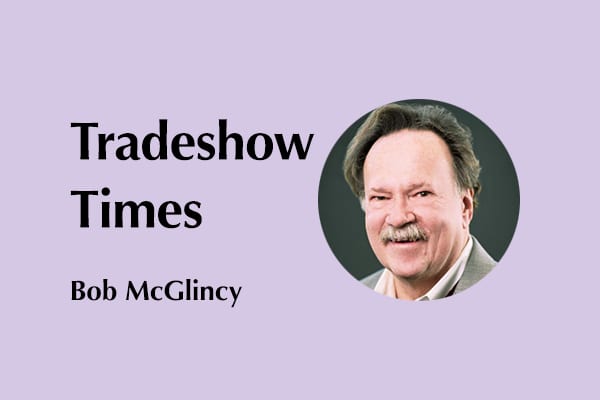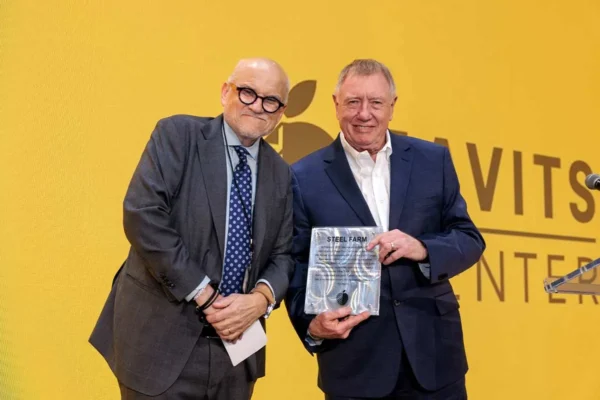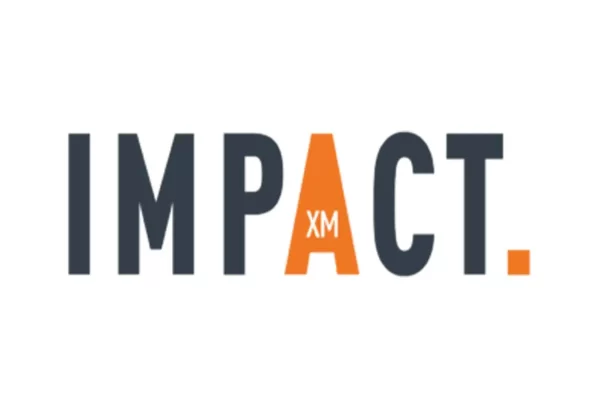by Bob McGlincy, director, business management at Willwork Global Event Services
On Dec. 18, the Center for Exhibition Industry Research announced, “approximately 97 percent of originally scheduled events canceled” (referring to third quarter tradeshows). The COVID-19 pandemic decimated the tradeshow industry in 2020; there can be no doubt about that. Nevertheless, there are many reasons to remain optimistic for 2021.
# 1. The Tradeshow, Meetings & Events Industry is Too Big to Fail
 The industry contributes more than $1,100,000,000,000 to the economy, supports more than six million jobs, and generates more than $130,000,000,000 in taxes.
The industry contributes more than $1,100,000,000,000 to the economy, supports more than six million jobs, and generates more than $130,000,000,000 in taxes.
Tradeshows help companies close new business and generate new revenue. Tradeshows bring tens of thousands of visitors to a city for three or four days; some shows attract more than 100,000 attendees.
In 2016, worldwide, there were 251,236,000 meeting participants. If the event industry was a country, it would be the fifth largest country in the world, behind China, India, the U.S. and Indonesia.
This industry truly is too big to fail.
# 2. A History of Being Resilient in Recovery
In turbulent economic times, the exhibition industry has been resistant to downturn, and resilient in recovery. Tradeshow size and spending increased during recessions in the Seventies, Eighties and Nineties, and bounced back from the recessions of 2001 and 2008. For 45 years, the combined Average Growth Rate of the industry has mirrored, or in most cases, exceeded the GDP.
Tradeshows have recovered in the past because it made economic sense for them to do so. They will recover again.
# 3. This 2020 Recession is Different
Unlike previous recessions, a health crisis precipitated this economic downturn. It was not caused by a financial crisis, and that is a very significant difference.
Dr. Allen Shaw is the president and chief economist of Global Economic Consulting Associates. In a CEIR webinar, he stated, previous recessions were triggered by “Demand Shock”; this one is triggered by “Supply Shock.” Dr. Shaw provided two examples: In 1929, the stock market crash created a “liquidity crisis caused by bank failures and bank runs.” In 2008, the bursting housing bubble created a “collapse in car sales and housing construction.” This 2020 event is triggered by the coronavirus, not by an underlying financial instability.
The lockdown and stay-at-home mandates in the spring of 2020 shuttered businesses and caused massive layoffs and unemployment. This led to a loss of productivity, and a supply chain disruption (think of the shortages of meat, poultry and toilet paper in many sections of the country)—this is what Dr. Shaw called “Supply Shock.” And because of this difference, he predicted a relative quick “V” shaped recovery (as opposed to longer “L” or 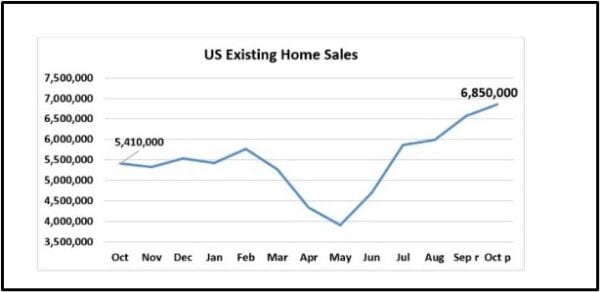 “U” shaped ones). This is what is happening, so far.
“U” shaped ones). This is what is happening, so far.
Retail sales and manufacturing bottomed out in April and started to bounce back in May. Existing home sales bottomed out in May, and steadily increased through October. The stock market has also shown a dramatic bounce back; the Dow Jones Industrial Average has ranged from a low this year of 18,917.46 on 3/18/20 to 30,199.87 at the close on 12/24/20. (On January 2, 2020, the market opened at 28,638.97).
# 4. A Convention is Not a Mass Gathering
 It is not a sporting event. It is not a rock concert. It is not a shopping mall.
It is not a sporting event. It is not a rock concert. It is not a shopping mall.
Conventions can be held in a controlled environment.
Safety protocols can be enacted to promote a healthy and successful event, including: 
- Remote check-in
- One-way traffic
- Social distancing
- Mask enforcement
- Daily sanitization
# 5. Conventions Can Be Safe! Live Shows are Happening!
Some meetings, conventions, and tradeshows have been occurring during the third and fourth quarter of 2020. The larger shows have been in Europe and Asia with tens of thousands of attendees (and more than 100,000 attendees in at least one case). In the U.S., the meetings have been smaller and usually regional or local in nature. The number and size of shows have started to increase in November and December.
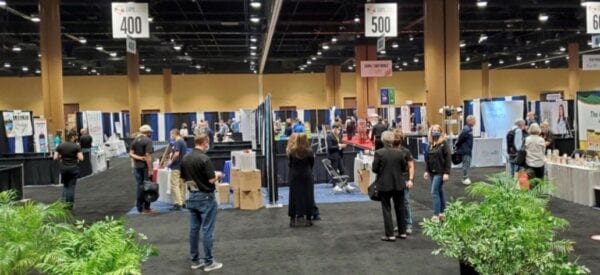 The MPI World Education Congress was held in Grapevine Texas, Nov. 3-6. The Mechan Auto Auction was at the LVCC, Nov. 13-16.
The MPI World Education Congress was held in Grapevine Texas, Nov. 3-6. The Mechan Auto Auction was at the LVCC, Nov. 13-16.
At the OCCC in Orlando, the SOHO Expo (pictured left) was held Dec. 2-5, the Orlando Win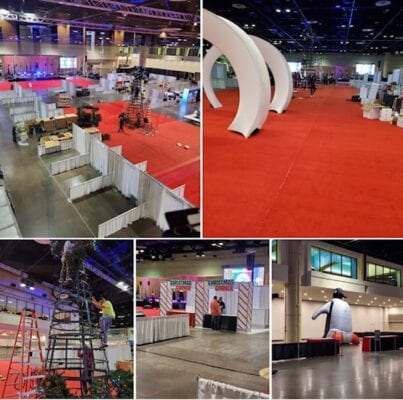 terfest (pictured below right) and the AKC Orlando were held concurrently Dec. 3-6, Mr. Olympia was held Dec. 16-20 and the Florida Auto Show was held Dec. 18-20.
terfest (pictured below right) and the AKC Orlando were held concurrently Dec. 3-6, Mr. Olympia was held Dec. 16-20 and the Florida Auto Show was held Dec. 18-20.
 Some other December shows included EDPA ACCESS conference in San Antonio, the Boat Show in Fort Lauderdale and the National Finals Rodeo, which left Las Vegas for Dallas.
Some other December shows included EDPA ACCESS conference in San Antonio, the Boat Show in Fort Lauderdale and the National Finals Rodeo, which left Las Vegas for Dallas.
# 6. Human Nature
It is the nature of human beings to be social, and to seek live contact. People want to see and be seen.
Do you have Zoom fatigue yet? If you were to get married in 2021, would you choose a virtual honeymoon? Or would you want a live one?
Human nature: we will find a way. People want and enjoy live experiences.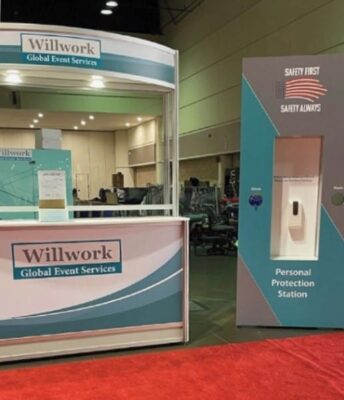
“You will never see eye-to-eye, if you never meet face-to-face.” says Warren Buffet.
# 7. Covid Vaccines will be a Shot in the Arm
Both the Pfizer and Moderna vaccines have been approved for distribution and use in the U.S. While some may not want a vaccine, there appears to be no question that vaccines and rapid testing will speed the recovery and return of tradeshows.
Bonus reason: Willwork knows events: Live events, virtual events, hybrid events. We are event fanatics: we make events fun and we make them safe.
![]() Bob McGlincy is director, business management at Willwork Global Event Services. He can be contacted at Bob.McGlincy@willwork.com. Willwork creates engaging, energized, and exceptional event experiences.
Bob McGlincy is director, business management at Willwork Global Event Services. He can be contacted at Bob.McGlincy@willwork.com. Willwork creates engaging, energized, and exceptional event experiences.






